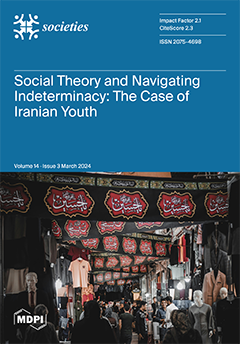Background: The Japanese concept of “ikigai” embodies the feeling of having a meaningful purpose in life. It is associated with several positive outcomes. This study aimed to translate and validate the German version of the Ikigai-9 scale (Ikigai-9-G)—and ikigai scores for certain groups of interest were presented. Methods: Data were taken from a quota sample of the German adult population aged 18 to 74 years (n = 5000; representative in terms of age, sex, and state). Data were collected in August/September 2023. The translation process was conducted in accordance with the existing guidelines. Reliability (Cronbach’s alpha; McDonald’s omega) was assessed. Moreover, we evaluated the structure’s soundness using confirmatory factor analysis for construct validity and examined concurrent validity by exploring pairwise correlations between the Ikigai-9-G with life satisfaction, happiness, health-related quality of life, depressive symptoms, and anxiety symptoms. Additionally, we presented ikigai scores for specific sociodemographic groups of interest. Results: Cronbach’s alpha for the Ikigai-9-G equaled 0.88. The results of confirmatory factor analysis supported the original three-factor model as initially proposed. A higher sense of ikigai was associated with less depressive symptoms (r = −0.43,
p < 0.001), less anxiety symptoms (r = −0.39,
p < 0.001), higher health-related quality of life (r = 0.42,
p < 0.001), higher happiness levels (r = 0.62,
p < 0.001), and higher satisfaction with life levels (r = 0.57,
p < 0.001). Conclusion: The Ikigai-9 scale is a psychometrically sound tool offering the possibility for assessing ikigai among German speakers. Additional translation and validation studies are required to facilitate comparisons across different countries.
Full article





